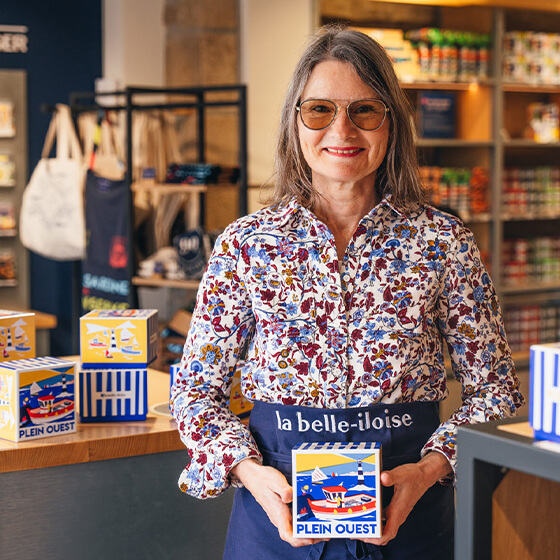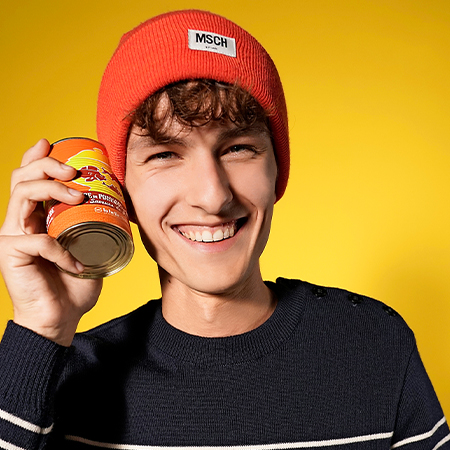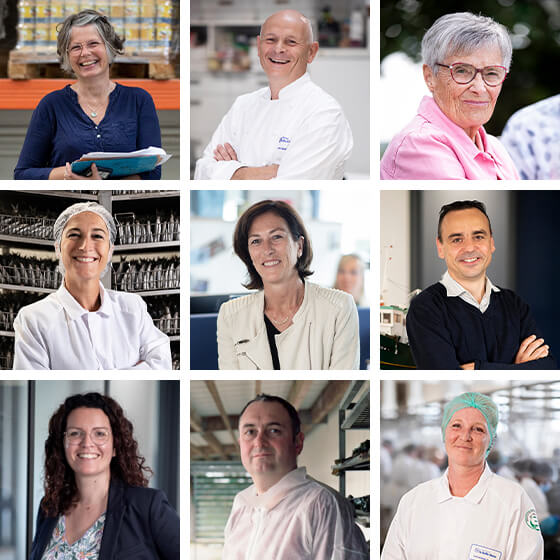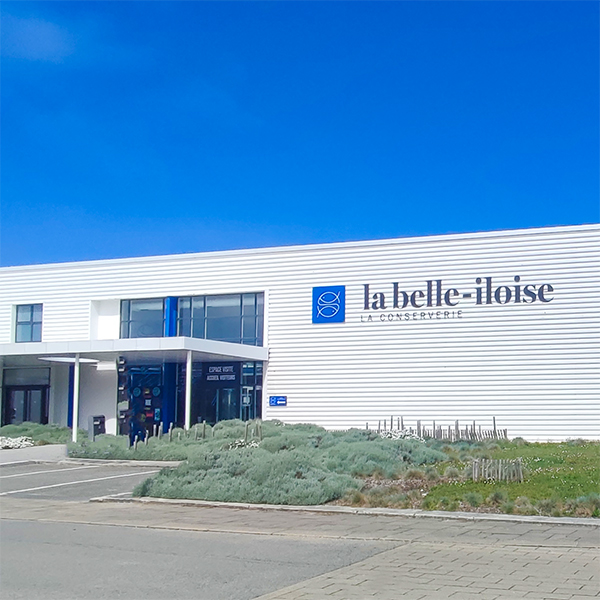The goodness of algae
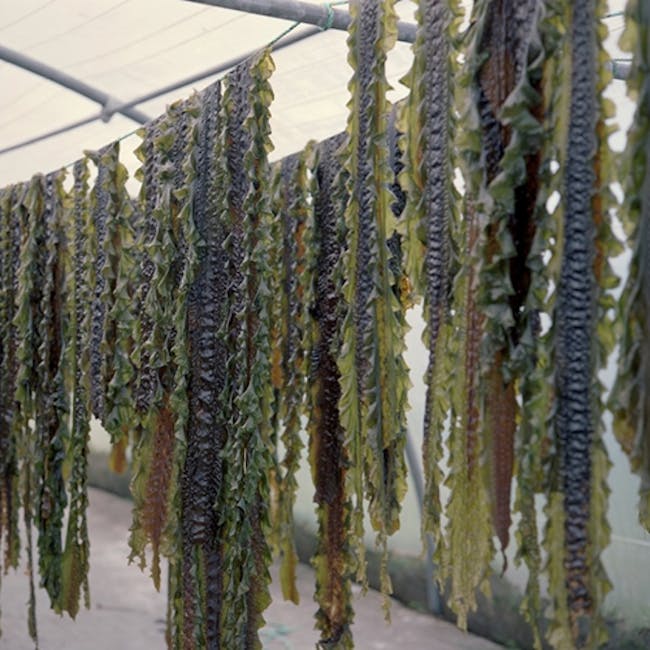
At the heart of discussions in many fields of research and innovation, the subject of algae is on all fronts: these marine plants are emerging as the solution to tomorrow's challenges in ecology, energy, biotechnology, as well as in cosmetics, health and food.
At la belle-iloise, we take action and innovate day after day to invite you to the pleasure of eating well, thanks to products that are good for you and good for the Planet. And for several years now, we've been offering you tasty recipes sublimated by organic seaweed from Brittany.
Our newest creation, Mayoz'algues, reinvents the classic mayonnaise with its royal kombu flakes, making it a healthier alternative - a perfect opportunity for us to tell you all about algae and its benefits!
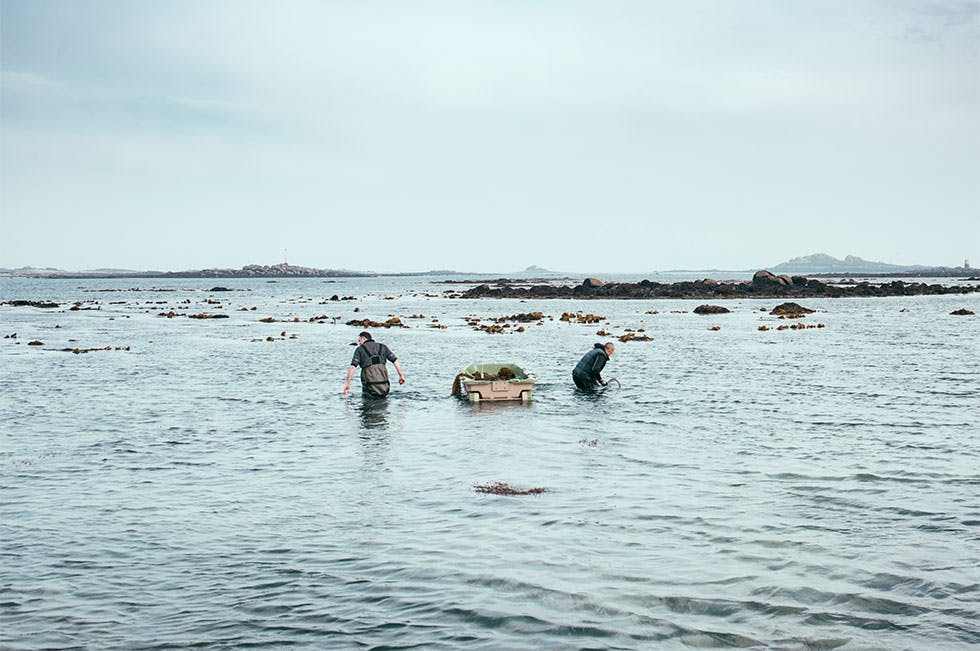
Algae, an infinite natural resource
Among the first living beings on Earth, algae appeared around 3 billion years ago and are today found on all the world’s seashores. Between microalgae, which are imperceptible to the eye, and macroalgae, which are clearly visible, over 400,000 species can be counted, with an infinite variety of shapes and colors.
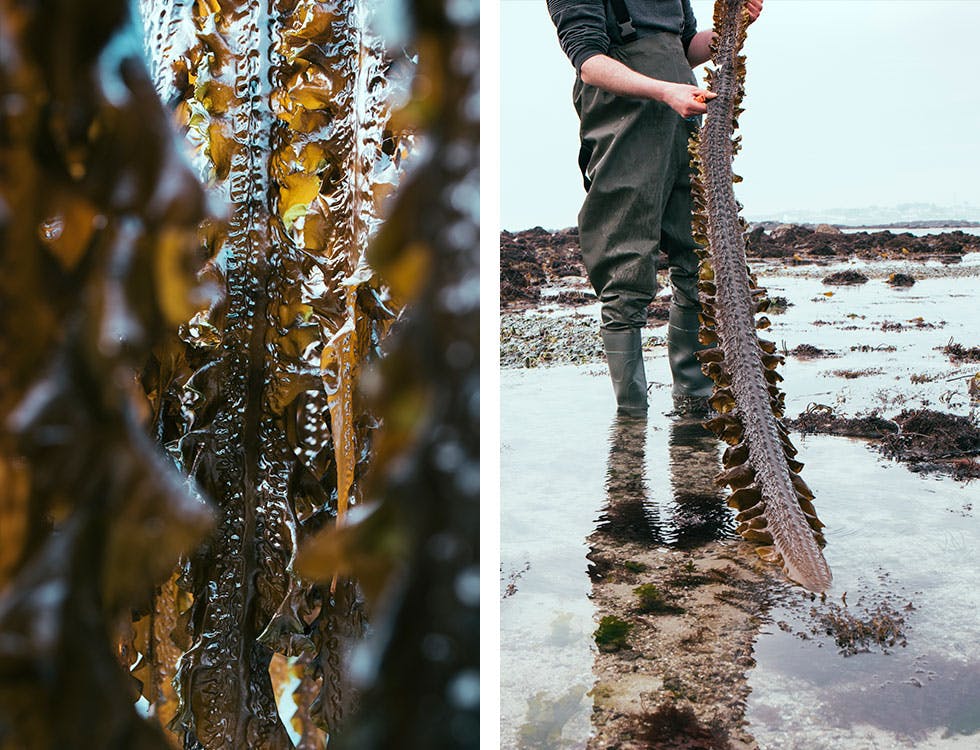
As a renewable, perhaps inexhaustible resource, algae grow up to 20 times faster than land plants. Considered as primary producers, they develop autonomously through photosynthesis, i.e. by capturing CO2 from the atmosphere and transforming it, thanks to sunlight, into oxygen. Through this natural process, algae alone produce half the air we breathe!
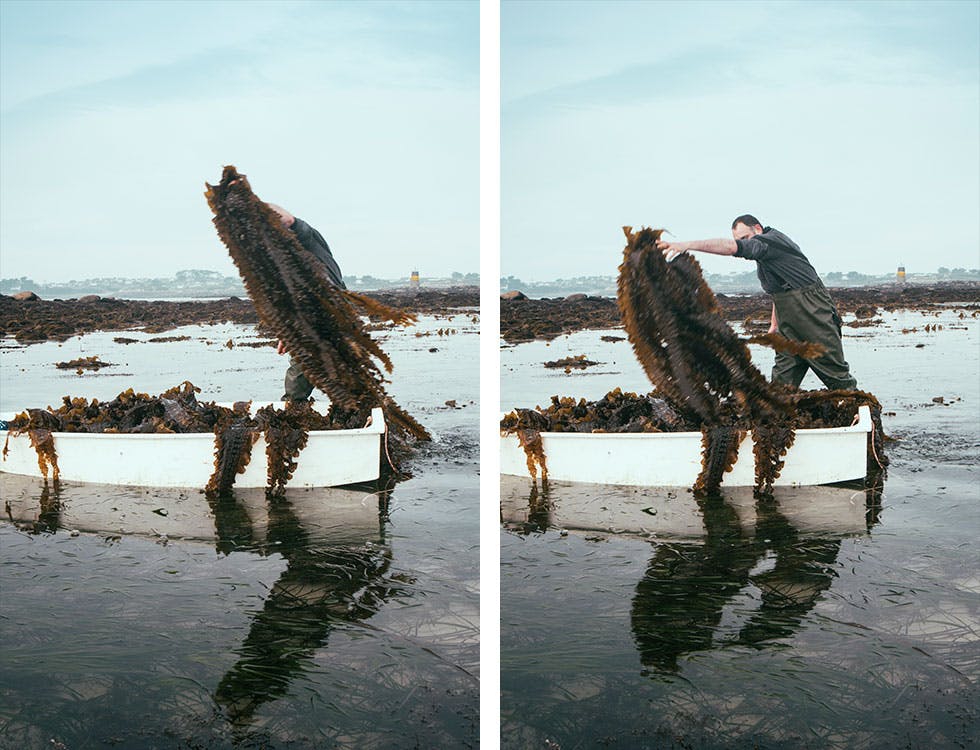
It's also due to the process of photosynthesis that algae take on different colors. Red, brown or green, their different shades are the result of specific pigments that each algae captures from the sunlight, depending on the depth of the water. For the same reason, each type of algae offers its own particular nutrients and taste!
Algae, at the core of the ecological transition
Promising a world without plastic and fossil fuels, algae offer a wide range of possible applications for a more sustainable world, from replacing petrol and chemical fertilizers to treating wastewater and purifying the air in our city centers.
With the world's 2nd largest maritime territory, France is on the front line when it comes to developing algae culture and research, and thereby contributing to the success of the ecological and economic transition. However, algae are still too little known in France, where they represent only 0.01% of the world's algae production - all uses combined - and only Asia stands out as a leader in the sector.
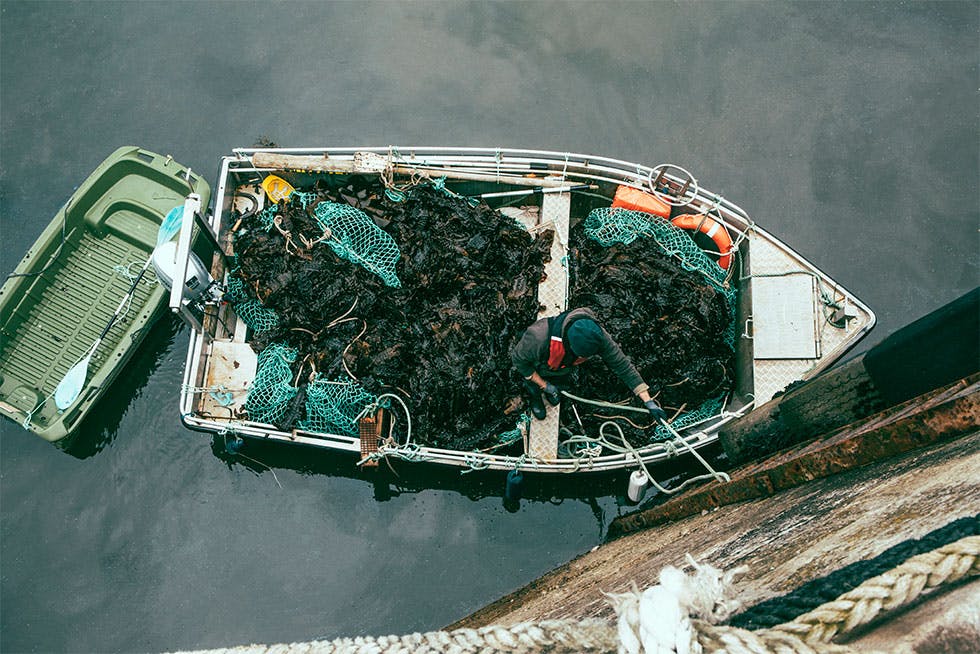
However, when it comes to food, Brittany stands out as Europe's leading territory for edible algae, accounting for 85% of the global production. This can be explained by the quality of Brittany's waters and the ideal climatic conditions for their development: the famous Gulf stream and its phytoplankton bloom!
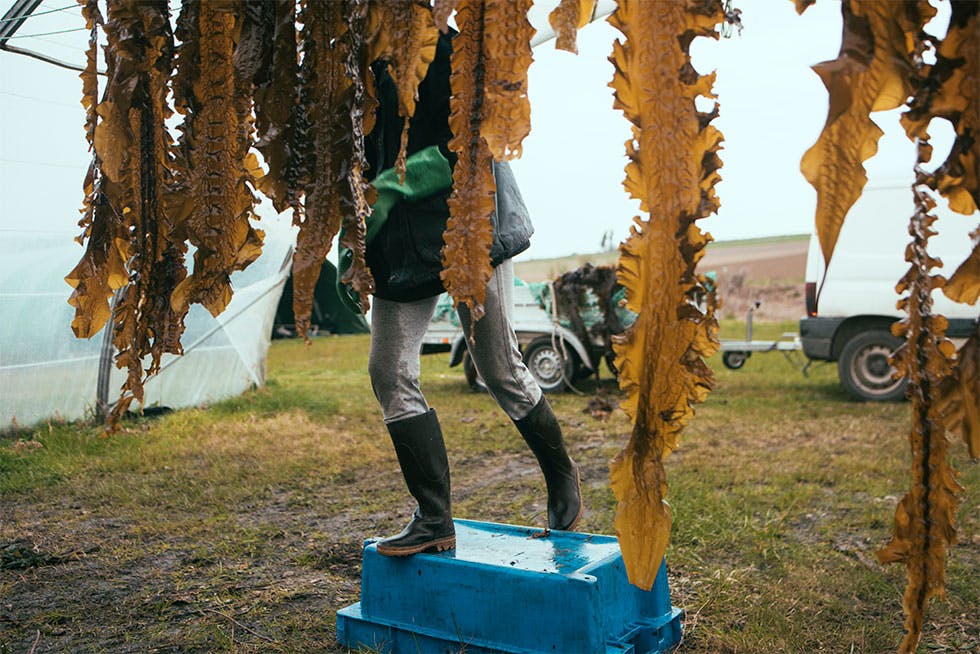
Algae, pioneers for healthier, more sustainable food
Consumed on a daily basis for millennia in Asia, seaweed is far from being a new kind of food. Algae are full of essential nutrients, far more than most terrestrial plants because, contrary to what we might think, they contain less water than the latter, and therefore offer incomparable nutritional density.
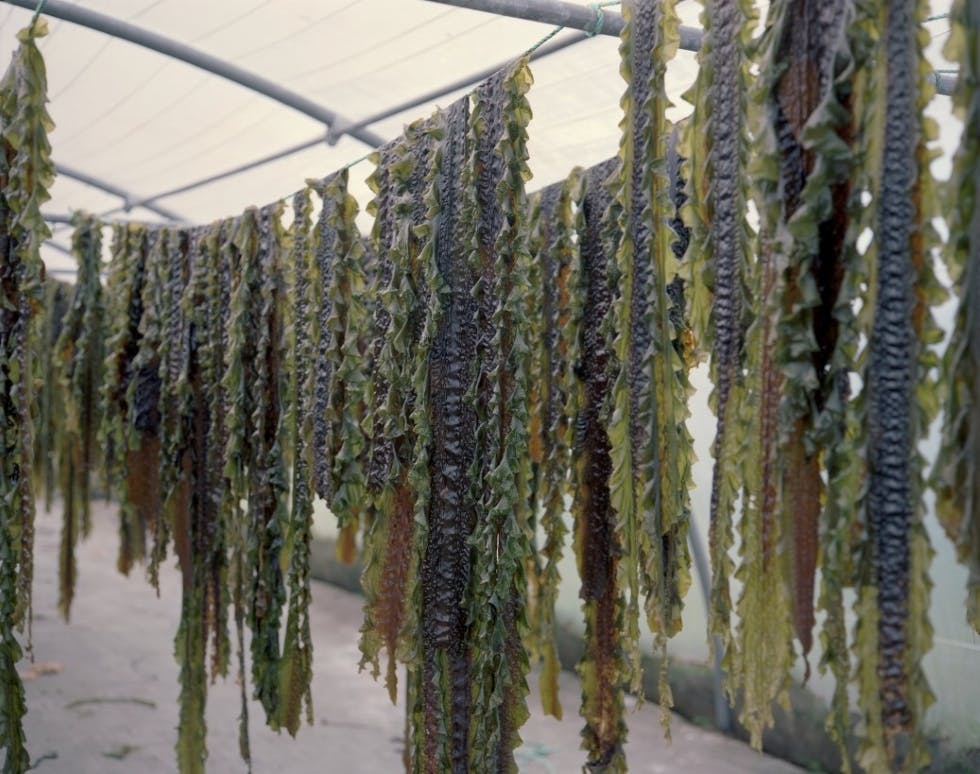
Naturally rich in minerals, oligo-elements and vitamins, and source of fibers and proteins, they are also low in fats and sugars: the winning combo for healthy eating! Considered one of the most promising foods of the 21st century, these "super sea vegetables" offer significant health benefits, thanks to their antioxidant power and neuroprotective and anti-inflammatory effects.

Iron, calcium, magnesium, iodine, potassium, vitamins A, B, C, E, K... their components contribute to cell renewal and the proper functioning of the brain, the heart and the immune system, while strengthening muscles, bones and teeth.
With a recommended daily allowance of 20 to 30g per person, algae can be used as a garnish or condiment, along with other ingredients. Gustatively, they blend well with all kinds of flavors and dishes and enhance the tastes already present!
Our products with organic algae from Brittany
All the algae we buy at la belle-iloise are Breton and organic, harvested in season in the Finistère region at the rhythm of the tides by our local producers.
By offering algae products, we want to make this precious food resource accessible and provide the opportunity to introduce it to meals in the right quantities. That's how we came up with 8 tasty, iodized recipes for you to discover!
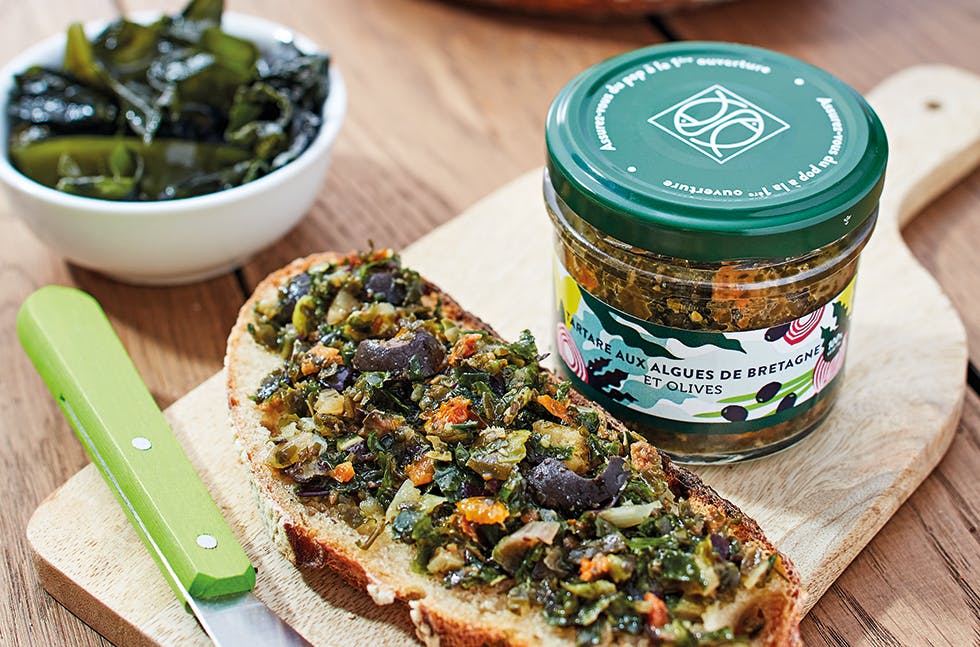
Let's start with our Seaweed and Olive Tartar: made with 32% seaweed, it's a 100% vegetable concentrate blending black olives and southern vegetables with wakame and royal kombu in a recipe with Provencal flavors...
Our Arvorig Soup contains 15% seaweed: a resolutely Breton vegetable soup that brilliantly blends organic buckwheat, artichoke, wakame, dulse and royal kombu!
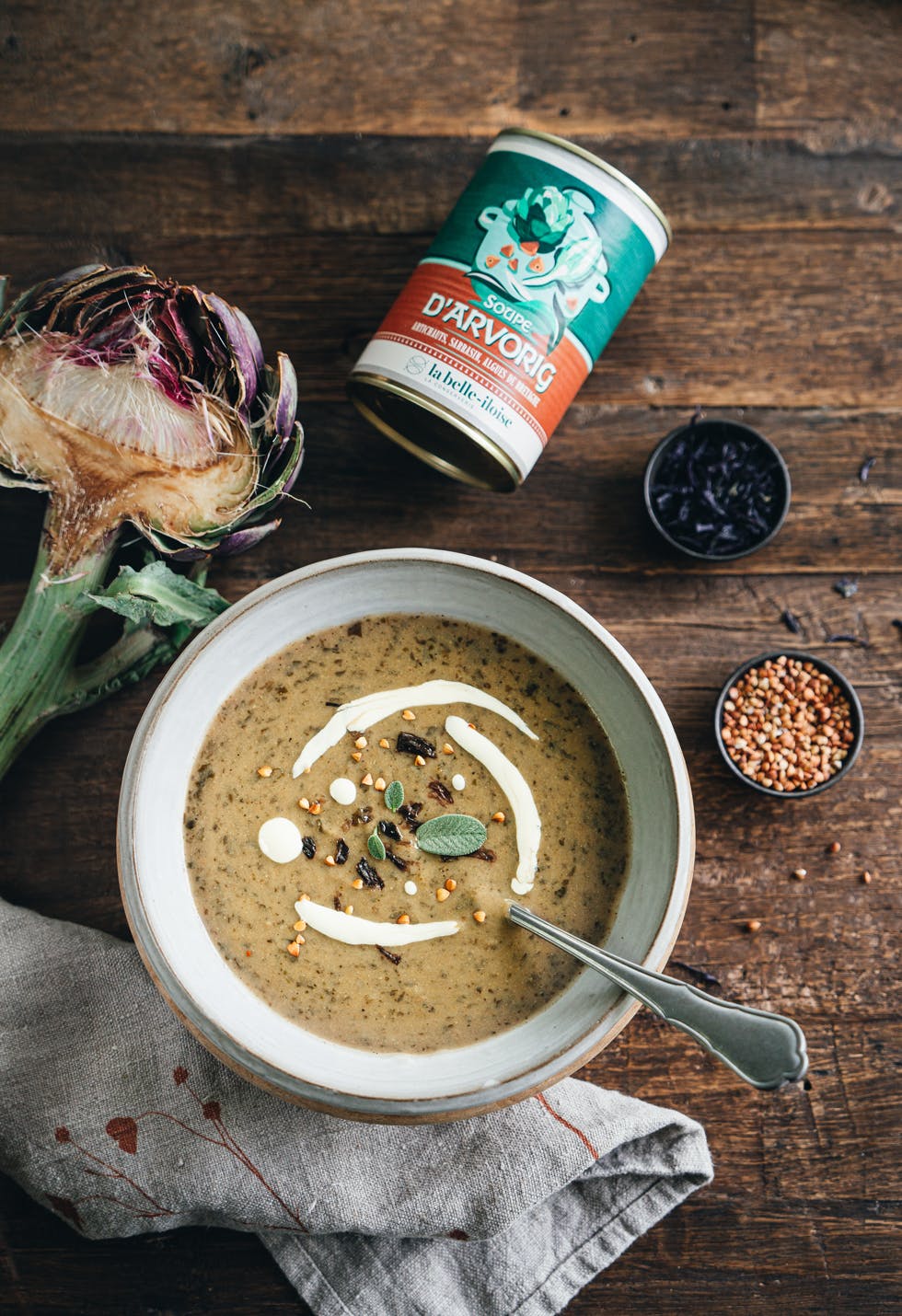

We've already talked about it: our brand-new organic Mayoz'algues is studded with 12% wakame! And our Mackerel Rillettes with seaweed and lemon, containing 6.7% of wakame, provide a delicious and light spread on toasts...


Our Indie Veggie little dish, with 7% seaweed, offers a delicious 100% vegetarian vegetable curry with sea spaghetti. In 2021, this product won the " Award for Taste " at the Isogone contest!
>> View the full photo report by Clément Chapillon at Julian's, our partner and seaweed harvester in Roscoff Bay, North Finistère.
>> To find out more about seaweed, visit Ceva Algues - the French Algae Technology and innovation Centre !

